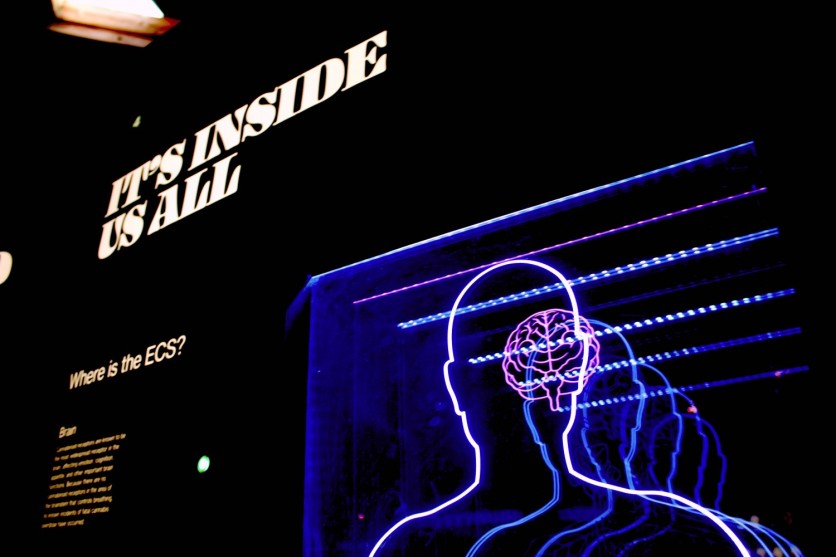
After years of toiling a group of material scientists, researchers have finally designed a chip that lets people study other people's minds better than ever. This innovation allows scientists to study masses of neurons in mind in real-time. The device is primarily based on modified silicon chips from the camera by filming neural electric activity.
Research posted on Friday, Mar. 20, in the Science Advances journal describes how this Stanford crew evolved a mind-studying chip that takes the fine of present mind-reading interface generation. While brain-machine interface devices already exist, scientists say this latest device can record more data while being less intrusive than existing options.
The researchers, as a result, claim their chip can report more information while simultaneously being much less invasive than preceding models.

Mictowires, thinner than human hair
The paper's lead writer from Stanford, Abdulmalik Obaid, said the crew acquired such innovation by figuring out how to adapt a 2D chip technology to a 3-D human brain.
Obaid, a graduate student in materials science and engineering, explained that nobody took these 2-D silicon electronics and matched them to the 3-D structure of the mind before.
"We needed to throw out what we already know about the traditional chip fabrication and [easily scale up] new procedures to carry silicon electronics into the third dimension," Obaid added.
Primarily, the researchers' plan works by placing microwires that are thinner than a human hair to exposed brain tissue. The microwires will then connect the wires to a silicon chip to get hold of alerts. Unlike traditional chips, which needs hundreds of microwires to create 100 channels for the neural signals, researchers say this new chip layout can make 1000 communicating channels.
ALSO READ : Is Brain-Reading Tech Really Coming? Here's What Happened to Facebook's Brain-Computer Interface Development
Mind reading tools can create high-resolution signals
Nick Melosh, professor of materials technology and engineering at Stanford and co-author of the paper, said this approach can create extremely high-resolution signals.
"Electrical activity is one of the highest-resolution ways of searching at brain interest," stated Melosh. "With this microwire array, we can see what's taking place at the single-neuron level."
The researchers also noted that the small animals used for the study could send neural alerts from a rat's brain without physically touching any part of the brain tissue.
After years of running to refine their approach, Obaid stated it was interesting to look how nicely it labored in practice.
The researchers took kilometers of microwires and convey large-scale arrays, then directly connect them to silicon chips. "After years of operating on that design, we tested it [the chips] on the retina for the first time, and it worked right away," Obaid said.
Rolling out soon?
After the success in their small animal tests, the researchers would be testing its version on larger animals and sooner or later at the human brains.
With the new innovation, the researchers hope that the chips would be used to improve human prosthetics --- or gadgets that transmit electric signals from the mind into robotic limbs or hands in the future.
ⓒ 2025 TECHTIMES.com All rights reserved. Do not reproduce without permission.




